In the ever-evolving landscape of technology, artificial intelligence
(AI) has emerged as a driving force behind innovation. For aspiring developers, the journey to becoming a full-stack AI developer can be both exciting and challenging. This blog outlines a comprehensive roadmap to guide you through the key milestones and provides answers to frequently asked questions (FAQ).
1. Master the Basics
Begin your journey by building a strong foundation in programming languages such as Python and understanding core concepts of data structures and algorithms. Familiarise yourself with libraries like NumPy and Pandas for efficient data manipulation.
2. Learn Machine Learning
Dive into the world of machine learning (ML) to comprehend the algorithms that form the backbone of AI. Study supervised and unsupervised learning, reinforcement learning, and delve into popular ML frameworks like TensorFlow and PyTorch.
3. Gain Proficiency in Deep Learning
As AI development progresses, deep learning becomes increasingly vital. Understand neural networks, convolutional neural networks (CNNs), and recurrent neural networks (RNNs). Hands-on experience with deep learning frameworks will be beneficial.
4. Acquire Knowledge in Natural Language Processing (NLP)
NLP is a specialized field within AI that focuses on the interaction between computers and human language. Learn about tokenization, sentiment analysis, and language models like BERT or GPT-3.
5. Develop Full-Stack Skills
Expand your expertise beyond AI by acquiring full-stack development skills. Familiarise yourself with front-end technologies (HTML, CSS, JavaScript) and back-end technologies (Node.js, Flask, Django). Understanding databases and server architecture is crucial.
6. Explore Cloud Services
Embrace cloud platforms like AWS, Azure, or Google Cloud to deploy and scale your AI applications. Cloud services provide a cost-effective and scalable infrastructure for AI projects.
7. Build Real-World Projects
Apply your knowledge by working on real-world projects. This hands-on experience will not only strengthen your skills but also serve as a valuable addition to your portfolio.
8. Stay Updated with Emerging Technologies
The field of AI is dynamic, with constant advancements. Stay informed about the latest trends, tools, and techniques by following industry publications, attending conferences, and participating in online forums.
FAQs:
Q1: Do I need a computer science degree to become a full-stack AI developer?
No, a degree is not mandatory. Many successful AI developers are self-taught. Focus on building a strong portfolio and gaining practical experience.
Q2: How long does it take to become a full-stack AI developer?
The timeline varies based on individual dedication and prior experience. On average, it may take several months to a few years to become proficient.
Q3: Can I specialise in a specific area of AI, or should I be a generalist?
Specialising in a specific area, such as computer vision or NLP, can be beneficial. However, having a broad understanding of AI as a generalist is advantageous in diverse projects.
Q4: Are online courses and certifications valuable?
Yes, online courses and certifications can provide structured learning paths and recognized credentials. However, practical application and building projects are equally crucial.
Embarking on the journey to become a full-stack AI developer requires dedication, continuous learning, and a passion for solving complex problems. Follow this roadmap, stay curious, and adapt to the evolving tech landscape to carve a successful path in the exciting world of AI development.
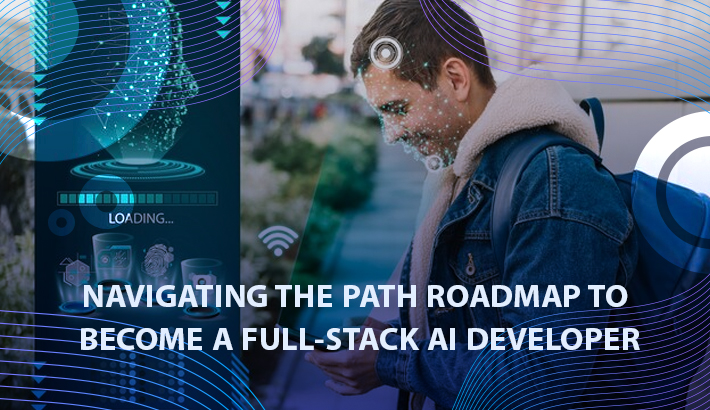
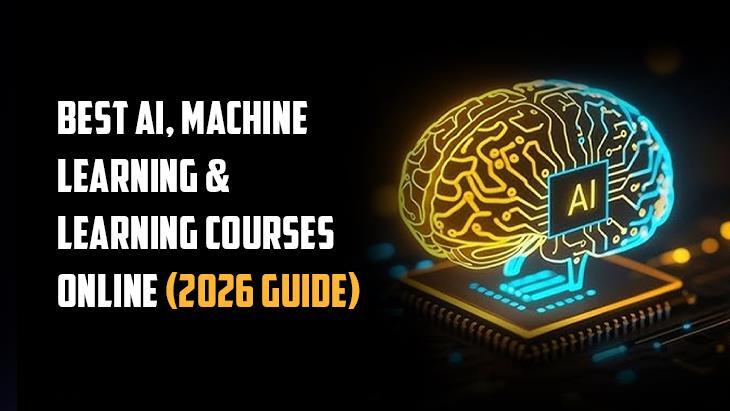
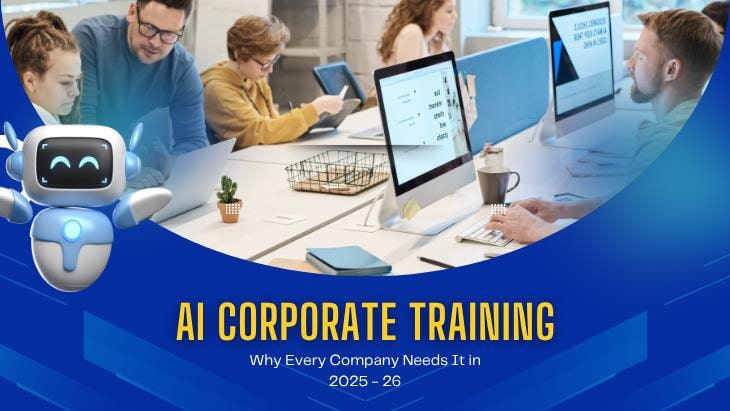
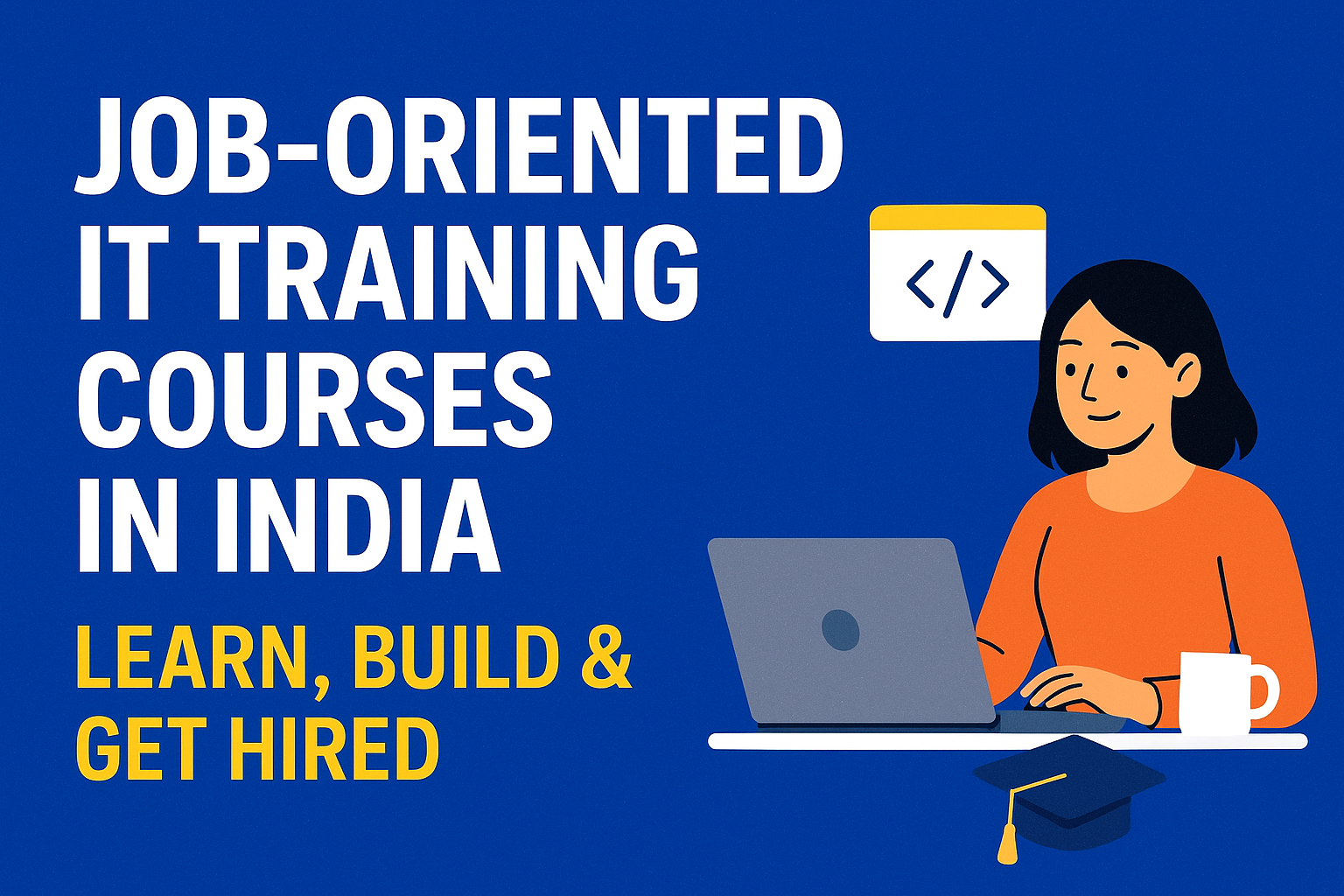
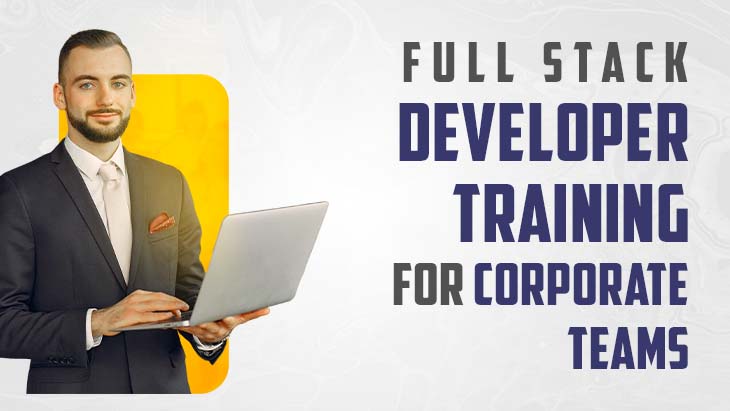
Leave a reply